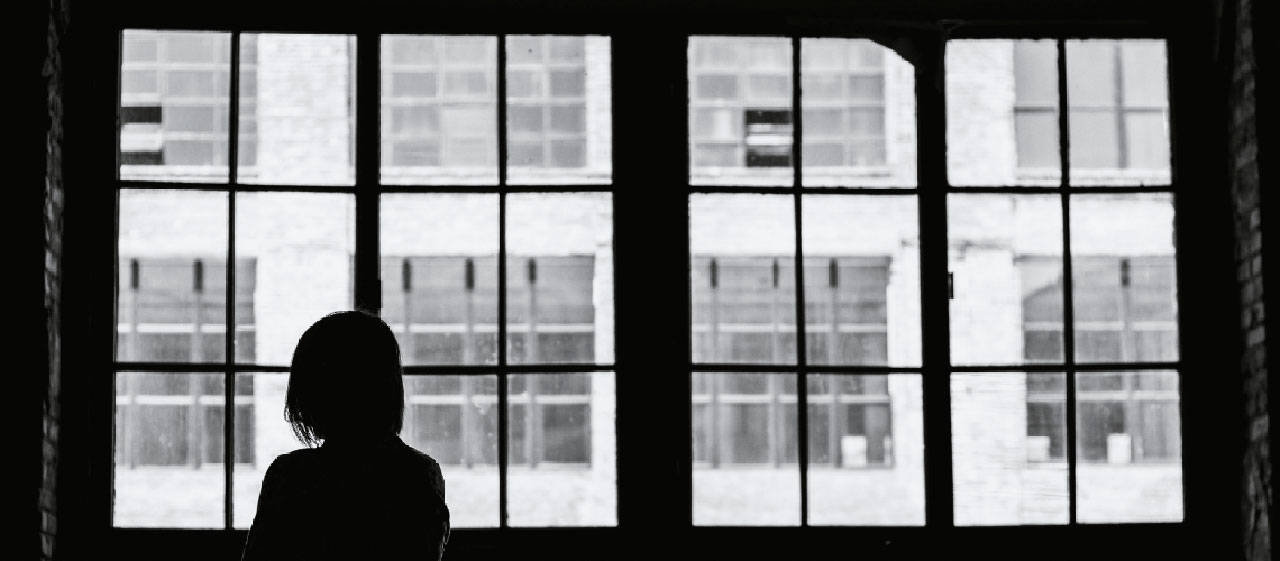The following was written by Brittany Bevis for Public Health Insider, the official blog for Public Health — Seattle & King County:
Over the course of the COVID-19 pandemic, we have seen a substantial rise in the incidence of domestic violence in King County. Social distancing and other efforts to slow the spread of COVID-19 over the last year have escalated the risk of violence for survivors through more time spent at home, increased levels of household stress, and compromised access to advocacy and direct support systems.
Public Health Seattle-King County has been tracking occurrences of family violence since October of 2019. The Economic, Social and Overall Health Impacts Dashboard, which shows changes in key community health indicators, point to significant shifts in domestic violence (DV) trends that highlight the pandemic’s impact.
DV-related homicides in King County nearly doubled in 2020, as compared to 2018 and 2019. The National Domestic Violence Hotline reported 258 calls from King County residents in March 2021 alone, which is the highest call volume since the county began tracking calls.
The adverse impacts of DV-related trauma are far-reaching. In addition to physical injury and death, survivors are at a higher risk of chronic mental health challenges including depression, anxiety, post-traumatic stress disorder, and suicidal thoughts and behaviors.
DV DURING THE COVID-19 PANDEMIC
Perpetrators of DV attempt to establish power and control in an intimate relationship by displaying patterns of physical, emotional, and sexual abuse, and using psychological tactics like manipulation, intimidation, blaming, coercion, and isolation.
COVID-19 has impacted survivors is a variety of ways. Having less or no contact with friends and family can simultaneously increase the power and control of an abusive partner, while shrinking a survivor’s options for support and safety.
Safety planning, or brainstorming plans to reduce the risk of future harm or leave a DV situation, has been more difficult during the pandemic.
“Survivor options for safety planning are greatly affected, as some abusers either lost jobs or are now working from home,” said Doris O’Neal, Director of Gender Based Violence Specialized at the YWCA. “The window of time survivors once used when their abuser was out of the home has essentially been removed during the pandemic.”
Many DV agencies also report that the type of violence that survivors have experienced over the last year has changed and that there are more high-risk abuse behaviors and instances where weapons, including firearms, are involved.
WHO IS IMPACTED BY DV
DV has a greater impact in communities most affected by trauma exposure, structural racism, and other health disparities, including COVID-19. Barriers to accessing services increase the risk for undocumented people, people with disabilities, children, members of BIPOC communities who feel unsafe interacting with law enforcement, and LGBTQ people, particularly members of the trans community, who face difficulties accessing gender-appropriate shelter services. Surveys from the National Center for Transgender Equality have found that in DV care settings, BIPOC and trans people are consistently denied equal treatment culturally competent service.
SERVING DV SURVIVORS DURING COVID-19
DV advocates and direct service providers have worked to accommodate the needs of survivors during COVID-19.
One particularly significant change was moving from an in-person-only protection order filing system to one that allowed survivors to seek legal help virtually.
“When most court operations were suspended during the first months of the pandemic, advocates and other system partners worked with Governor Inslee’s office to ensure that survivors would be able to access protections while still observing pandemic safety restrictions,” said Sandra Shanahan, Program Manager for King County’s Regional Domestic Violence Firearms Enforcement Unit.
During this year’s legislative session, policymakers passed House Bill 1320 which directs courts in Washington to permanently integrate these changes for all types of civil protection orders. Streamlining the protection order process will be a step toward reforming and modernizing a system that has created significant safety access barriers for survivors.
EVERYONE HAS A ROLE TO PLAY IN DISRUPTING DOMESTIC VIOLENCE
Supporting DV survivors without judgment can reduce feelings of isolation and help them take steps towards safety.
Here are 3 ways to help:
- Believe survivors. Actively listen and respond without pressing for details. Honor the strength it takes to share a deeply personal and painful experience like DV.
- Maintain contact, even if a survivor makes decisions that you don’t agree with. People stay in abusive relationships for many reasons, and it’s important to be supportive no matter what.
- If you know someone in crisis with access to a firearm, talk to them about safe storage and the option of filing for an Extreme Risk Protection Order. The chances of a DV situation turning lethal are much higher with the presence of a firearm.
For additional guidance, visit Washington State Coalition Against Domestic Violence Friends and Family Guide.
DV RESOURCES
- The National Domestic Violence Hotline: 800-799-7233 or 800-787-3224 (call/text)
- The Strong Hearts Native Hotline: 844-762-8483
- Peace in the Home Helpline (connects survivors to an advocate who speaks their language): (888) 847-7205
- YWCA: 877-757-8297 (Call/text line)
- Northwest Network: (206) 568-7777
- LifeWire: 425-746-1940 or 800-827-8840
- Dawn: (425) 656-7867


